The largest Air Mobile assault operation of the Vietnam War, codenamed Apache Snow, began at Firebase Blaze on May 10, 1969. The 3rd Battalion/187th Infantry Regiment (nicknamed the Rakkasans) waited for the helicopters that would carry them to LZ-2 (Landing Zone 2). Their mission was to clear the mountain named Dong Ap Bia as part of the effort to clear the A Shau valley of enemy activity. None knew they faced a grueling 10-day battle.
In preparation for the mission the predetermined landing zones were first bombed by aircraft, then it was shelled by artillery. This action was followed up by a barrage of aerial artillery, to remove any vegetation left on the landing zones. By 0800 companies A, C, and D had landed and begun operations. By 1530, the battalion commander, Lieutenant Colonel (LTC) Weldon Honeycutt, was on the scene and said Aca,!A"sometime late tomorrow morning I want to move the CP [Command Post] up there (on Dong Ap Bia).Aca,!A? Later that afternoon B Company was first to engage the enemy when small arms fire and Rocket Propelled Grenades (RPGs) were fired at the company. A short sharp engagement followed, resulting in four enemy dead. LTC Honeycutt ordered B Company to dig in and establish a defensive position.
The next morning B Company led the assault up the mountain. They encountered a sniper that caused heavy casualties until killed by Specialist (SP) 4 Donald Mills, who had been wounded by the same sniper. Intelligence gathered from the body of a dead enemy revealed that the Rakkasans faced the 29th North Vietnamese Army (NVA) Regiment of approximately 1200 Aca,!" 1800 men. On May 12, Dong Ap Bia received eight air strikes and an artillery bombardment. Afterwards, the Soldiers of B Company resumed their advance. They blasted several exposed bunkers with recoilless rifles, causing enemy soldiers to abandon those positions. That night B Company was joined by C and D Companies. Early next morning more air strikes were launched, and the determined Rakkasans continued up the mountain, fighting not only the enemy but also torrential downpours that turned the landscape into a muddy morass.
The dawn of May 14 brought continued U. S. air strikes and artillery barrages. The enemyAca,!a,,cs fierce resistance increased the total of American dead and wounded to 52 since the operation began. By nightfall the Rakkasans had crested one of the mountainAca,!a,,cs ridge lines. By May 15 the continuous air strikes and artillery bombardments had reduced the terrain to smoldering piles of blackened rubbish, smoking stumps, and churned earth. On May 16 the assault was to be renewed with A Company in the lead. The 1st Battalion/ 506th Infantry was to assist but was bogged down and unable to help; thus the assault was called off.
May 17 was spent in preparation for the final push, which began on the following day. Companies A and D made it to within 75 meters of the summit after heavy fighting. C Company was ordered to move up as reinforcements. By 1530 the entire battalion was forced to give up all ground gained. Speaking with Major General Melvin Zais, Commander of the 101st Airborne Division, LTC Honeycutt argued that the Rakkasans deserved the honor of taking the mountain. After careful thought General Zais agreed to give LTC Honeycutt one more infantry company and a final chance to take the objective.
On May 19, the men of A Company, 2nd Battalion/506th Infantry arrived as reinforcements. The day was spent resupplying and taking positions for one more hard push. In the early morning of May 20, air strikes hit the mountain for two hours followed by an intense artillery barrage. The American advance met with no resistance until it reached the second bunker line, 75 meters from the top. There the enemy poured small arms fire and RPGs onto the advancing Rakkasans. While pinned down, SP4 Johnny Jackson grabbed his M60 machine gun and began advancing alone, inspiring the men of A Company to cross the final 20 meters to the top of the mountain. By the end of the day there were no living 29th NVA soldiers on the mountain. Those surviving the battle had made their escape into Laos. The cost to the Rakkasans during the operation was 329 Soldiers killed and wounded. The battle losses for the 29th NVA regiment were estimated at 633. On May 21, the surviving troopers of 3rd Battalion/187th were evacuated to Eagle Beach for a period of rest and refitting. Press photographers arriving at the base of the mountain found a sign left by an unknown 101st Airborne Soldier, made from a C-ration container, identifying the place as Aca,!A"Hamburger Hill.Aca,!A? For this action the Soldiers of 3rd Battalion/187th Infantry received the Presidential Unit Citation.
Related Links:
A Working Bibliography of MHI Sources: 187th Infantry Regiment
A Working Bibliography of MHI Sources: Vietnam War - Hamburger Hill
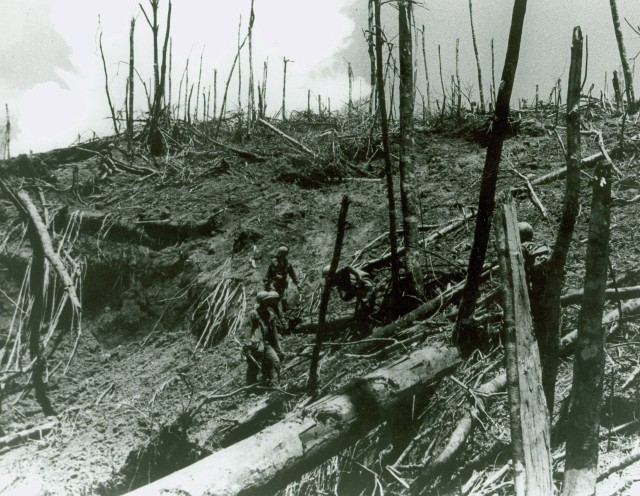
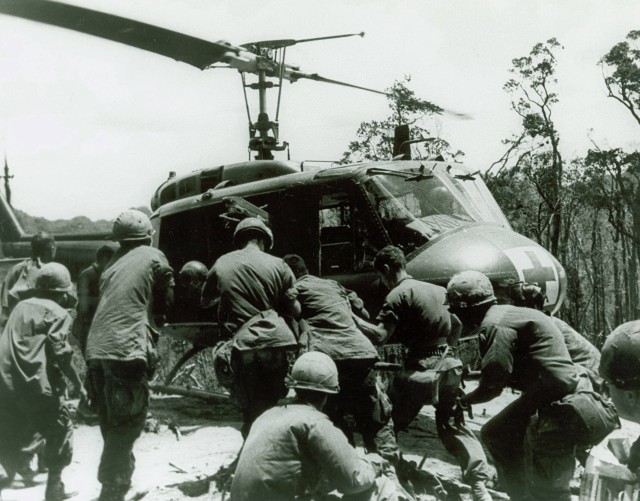

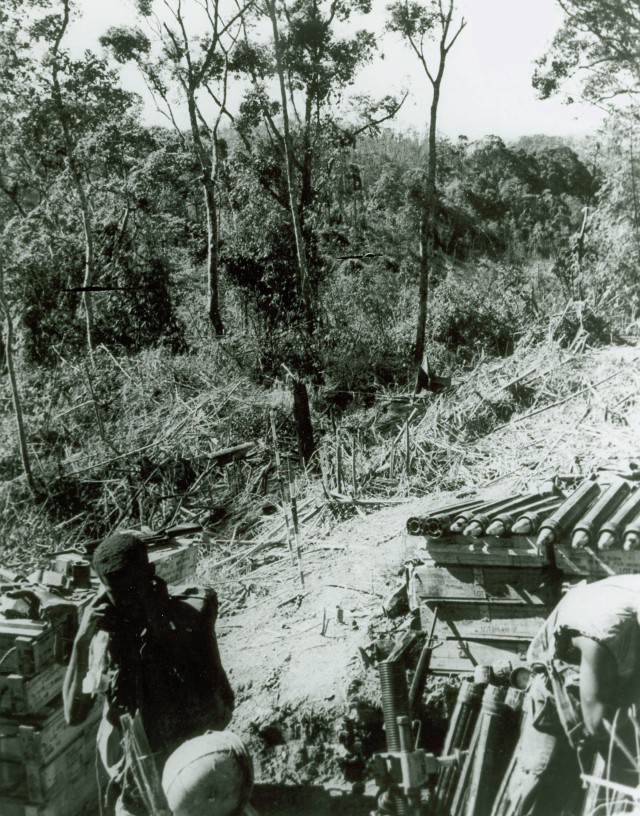
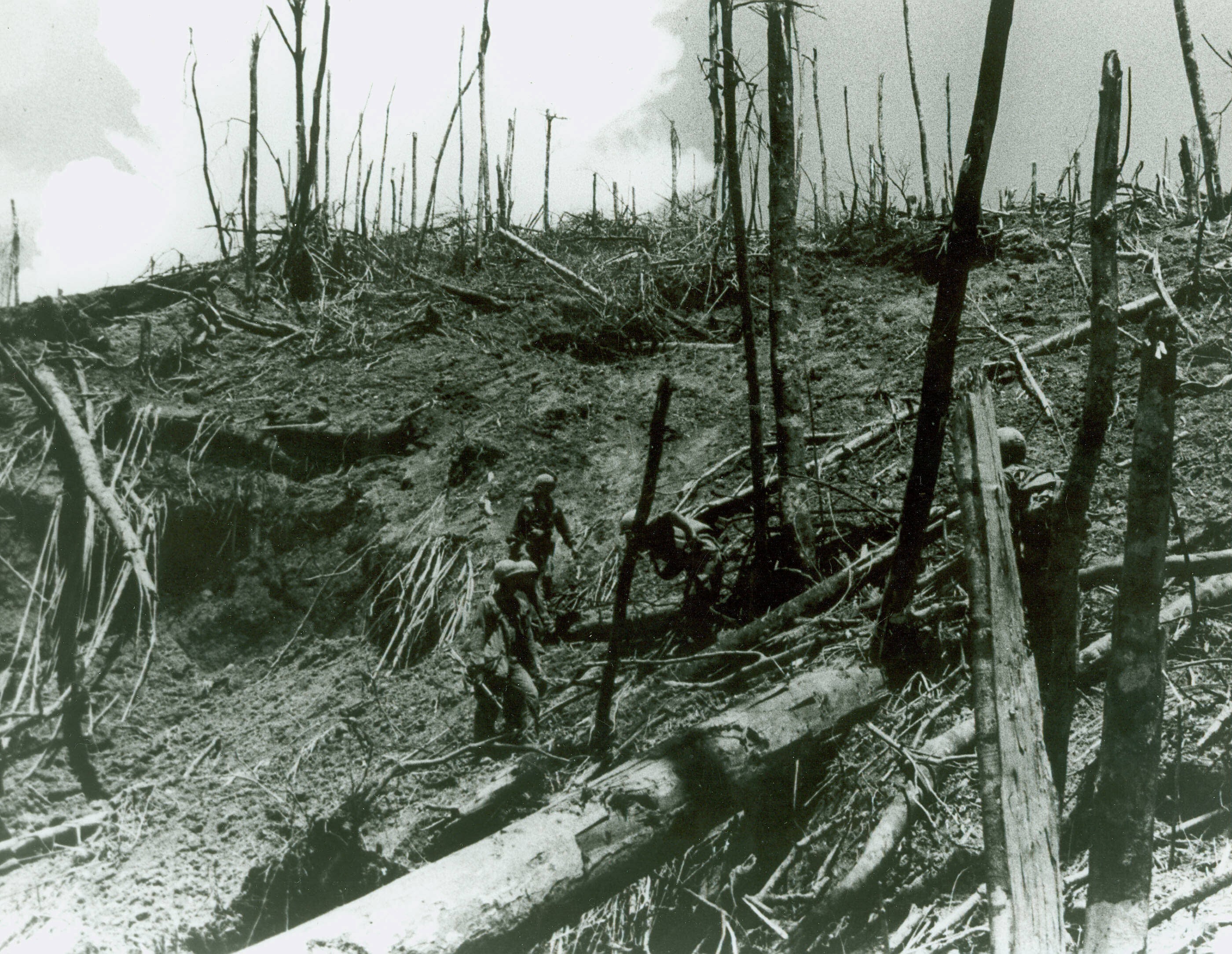
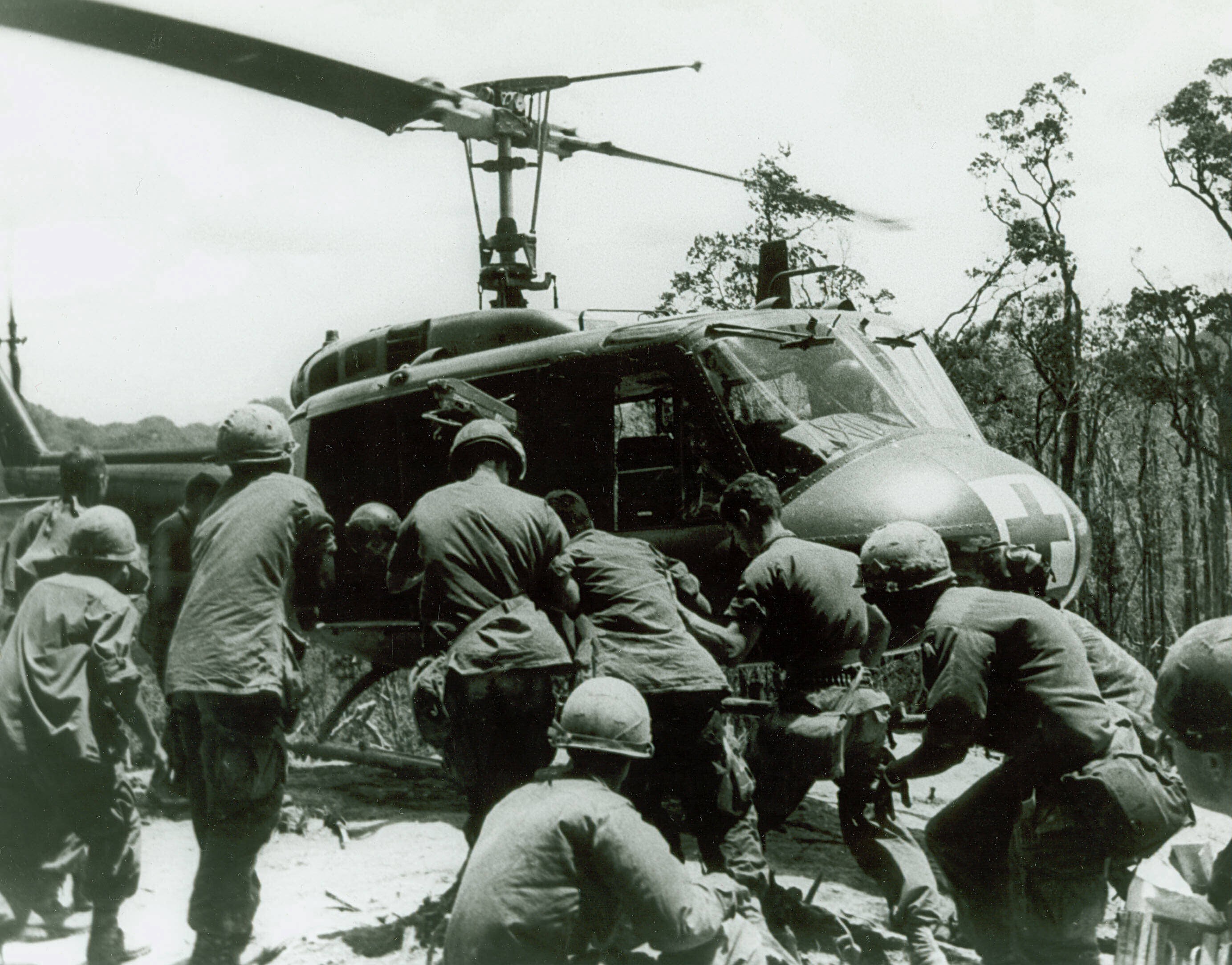

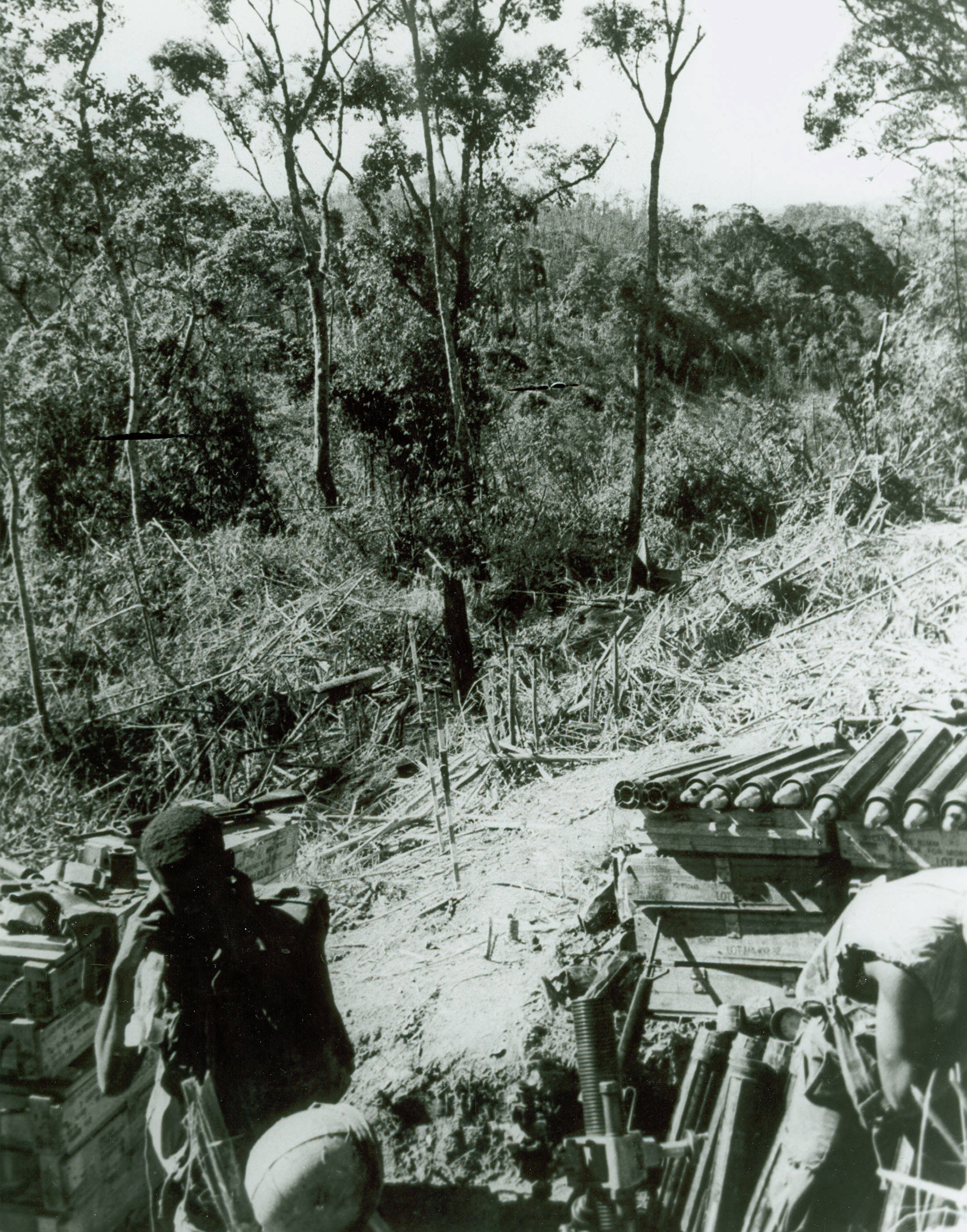
Social Sharing